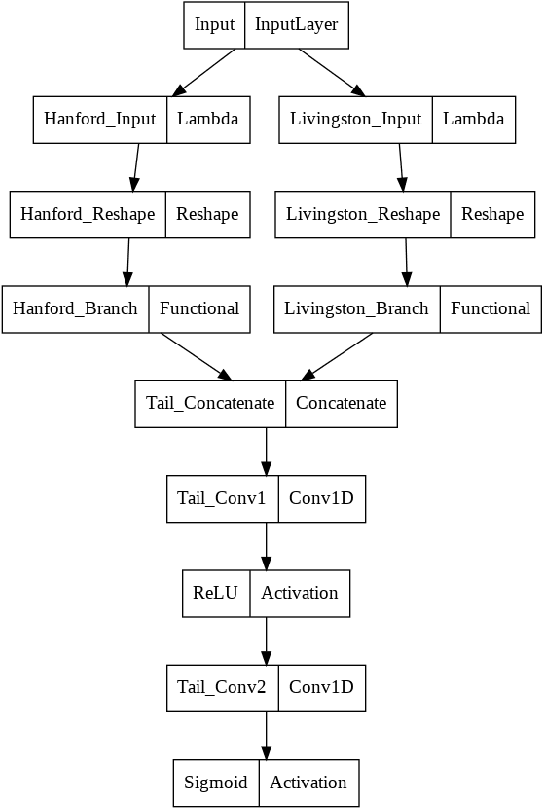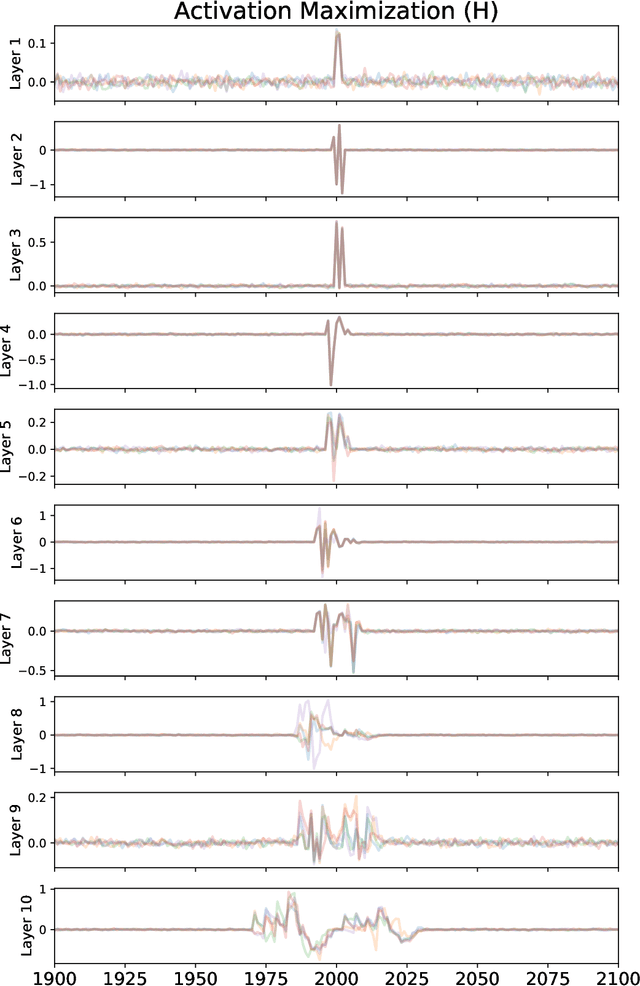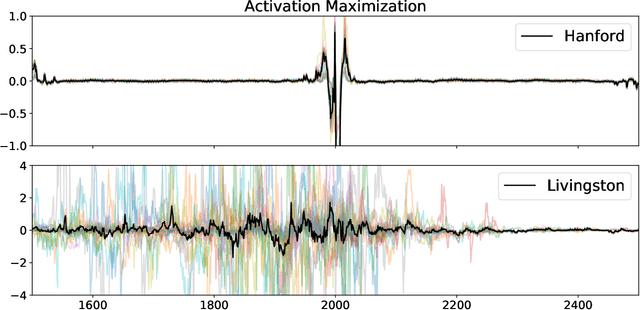Mohammadtaher Safarzadeh
Evaluating NL2SQL via SQL2NL
Sep 04, 2025Abstract:Robust evaluation in the presence of linguistic variation is key to understanding the generalization capabilities of Natural Language to SQL (NL2SQL) models, yet existing benchmarks rarely address this factor in a systematic or controlled manner. We propose a novel schema-aligned paraphrasing framework that leverages SQL-to-NL (SQL2NL) to automatically generate semantically equivalent, lexically diverse queries while maintaining alignment with the original schema and intent. This enables the first targeted evaluation of NL2SQL robustness to linguistic variation in isolation-distinct from prior work that primarily investigates ambiguity or schema perturbations. Our analysis reveals that state-of-the-art models are far more brittle than standard benchmarks suggest. For example, LLaMa3.3-70B exhibits a 10.23% drop in execution accuracy (from 77.11% to 66.9%) on paraphrased Spider queries, while LLaMa3.1-8B suffers an even larger drop of nearly 20% (from 62.9% to 42.5%). Smaller models (e.g., GPT-4o mini) are disproportionately affected. We also find that robustness degradation varies significantly with query complexity, dataset, and domain -- highlighting the need for evaluation frameworks that explicitly measure linguistic generalization to ensure reliable performance in real-world settings.
Interpreting a Machine Learning Model for Detecting Gravitational Waves
Feb 15, 2022



Abstract:We describe a case study of translational research, applying interpretability techniques developed for computer vision to machine learning models used to search for and find gravitational waves. The models we study are trained to detect black hole merger events in non-Gaussian and non-stationary advanced Laser Interferometer Gravitational-wave Observatory (LIGO) data. We produced visualizations of the response of machine learning models when they process advanced LIGO data that contains real gravitational wave signals, noise anomalies, and pure advanced LIGO noise. Our findings shed light on the responses of individual neurons in these machine learning models. Further analysis suggests that different parts of the network appear to specialize in local versus global features, and that this difference appears to be rooted in the branched architecture of the network as well as noise characteristics of the LIGO detectors. We believe efforts to whiten these "black box" models can suggest future avenues for research and help inform the design of interpretable machine learning models for gravitational wave astrophysics.
 Add to Chrome
Add to Chrome Add to Firefox
Add to Firefox Add to Edge
Add to Edge